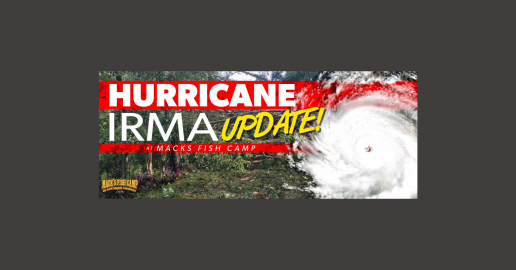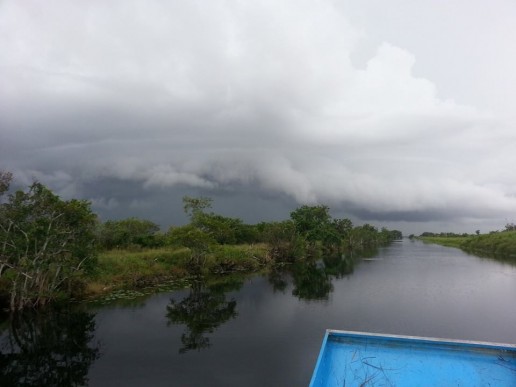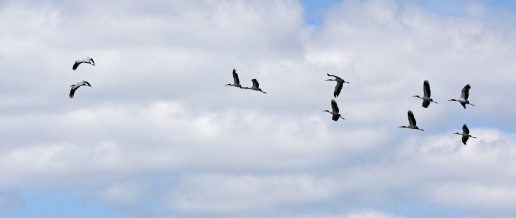Hurricane Irma Update
Just two weeks ago, much of Florida witnessed the power of mother nature when Hurricane Irma made its landfall. Despite being spared the widespread devastation seen by the Florida Keys, South Florida took its licks, too. However, Mack’s Fish Camp is still standing!
As of this past weekend, we finally have power back, but have still been offering airboat rides during the outage. Not only were we still standing, but up and running as well. That’s right, we have still been running private airboat tours and offering our bass fishing guide service in the Everglades. In fact, our airboats have made for formidable leaf blowers, helping us with clearing much of the foliage.
Like much of South Florida, our trees sustained the heaviest damage. But our old structures are still intact, including our home, for which we are very grateful. Looking at the devastation experienced by people in Texas and the Keys, we feel blessed to still have our home and each other.
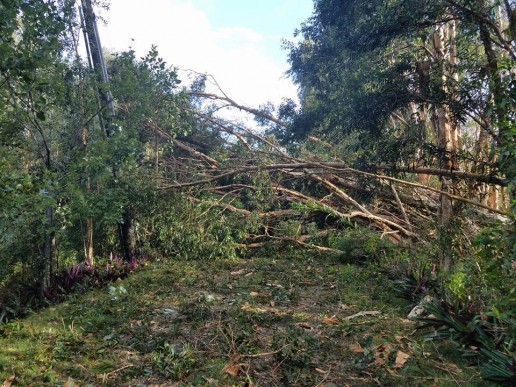
No storm can take down Gladesmen Culture
As a family of Gladesmen, we thrive in times like these through our toughness, tenacity, and a bond that no wind can uproot! But as a small, family-owned business, Mack’s has stayed alive through word-of-mouth, and we sure could use some now.
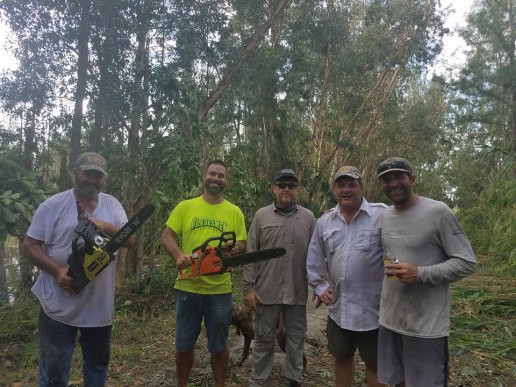
We took a hit with this storm. So, now we’re looking to you: our friends, family, and fans, to spread the word about this little piece of heaven we call home. Recommend us to a friend who’s never seen the Everglades, or bring them out here with you for an airboat ride.
Or even if you’re just curious to see the result of the awesome power of nature against its otherwise calm beauty, come pay us a visit. Rest assured that as long as the Florida Everglades are around, you can bet us Gladesmen will be, too!
Wildlife Profile: Spiders in the Everglades
Spiders probably aren’t the first animal that comes to mind when you think of the Florida Everglades. But they are among the most abundant of Everglades wildlife, with 20,000 spiders for each of the 2 million acres here. Most of them go about their business unseen, and many are too small to be seen!
Spiders in the Everglades can be found hiding in the underbrush or are easily spotted by the webs they make in trees. Spiders are arachnids, not insects, so they all have eight legs instead of six, no antennae, and their bodies are divided into segments.
As scary as they look to some people, most spiders aren’t a threat to us, and only some are venomous. In fact, spiders are a cherished part of the Everglades food web, feeding on nuisance insects. Here are some species of spider you may spot on an Everglades tour at Mack’s Fish Camp.
Banana Spiders
Banana spiders are the species you’re most likely to see when you visit the Everglades. While the males are smaller and more dark-colored, the more colorful females measure three inches long, and are among the biggest spiders in North America.
These spiders are a type of orbweaver, and spin large circular webs to catch prey. A female’s web is made of golden silk similar to its color, and is three feet long. They feed on insects of all sizes, from mosquitoes to dragonflies. Banana spiders aren’t aggressive, and their bite isn’t harmful to humans.
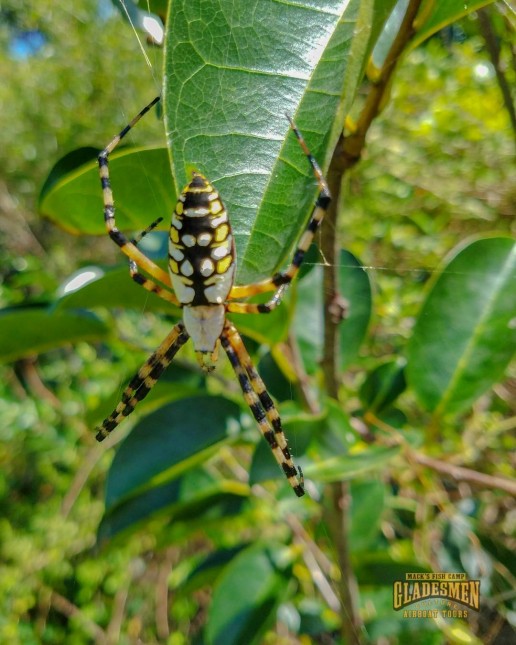
Fishing Spider (dolomedes triton)
This aquatic spider species spends nearly all of its time floating on or near water. In fact, fishing spiders can walk on the water’s surface and even dive underwater to catch prey. They hunt insects, tadpoles, even fish by sensing vibrations in the water, and then eat on dry land. Fishing spiders are dark gray to brown-colored, with two pale lines running the length of their bodies. Because the Everglades is a mostly aquatic ecosystem, fishing spiders are right at home in the sawgrass marshes and wet prairies.
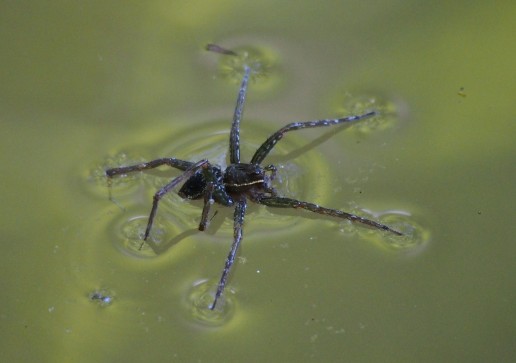
Red Widow
The red widow spider is a venomous spider with an orange-red body and a black abdomen with red spots. They’re fairly large, reaching 1.5 inches in length. Unlike its cousin, the black widow, it hasn’t been known to have ever bitten a person. However, they are known to have very potent venom. Red widows are endemic to Florida, found in the pine scrubs and pine rocklands. They make their nests in saw and scrub palmetto plants, and feed on large insects like crickets.
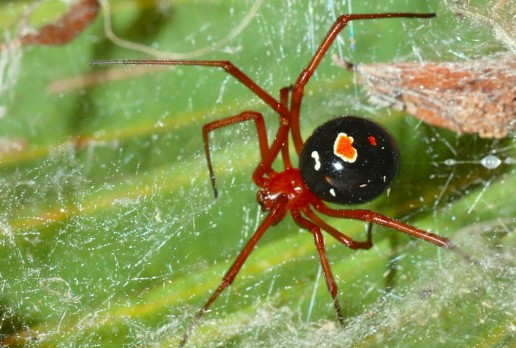
Brown Recluse
The brown recluse is one of the most venomous spiders in the Everglades, with venom as strong as the black widow’s. These quarter-sized arachnids not only make their webs, but seek out prey on the ground, such as cockroaches. Brown recluse spiders are not aggressive, and reports of them biting humans are rare. But they will bite if pressed up against someone’s skin, by leaning into one or when putting on clothing. Although, the strength of their bite varies, it can cause skin damage, loss of limb, and death.
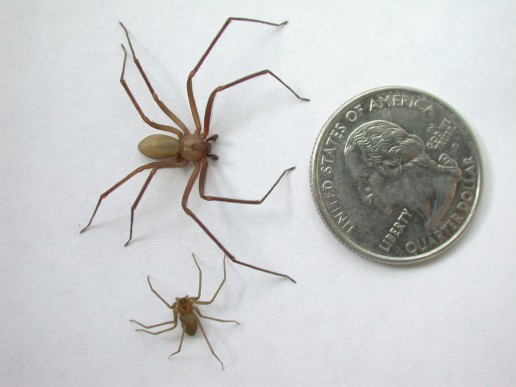
Crab Spiders
These small spiders are named for how they move by scuttling sideways, as a crab would. Most species are dark grey to black to camouflage themselves. Other species are brightly colored to hide inside flowers, wait to ambush their prey. Crab spiders do not spin webs to catch or wrap their prey, but feed immediately after attacking.
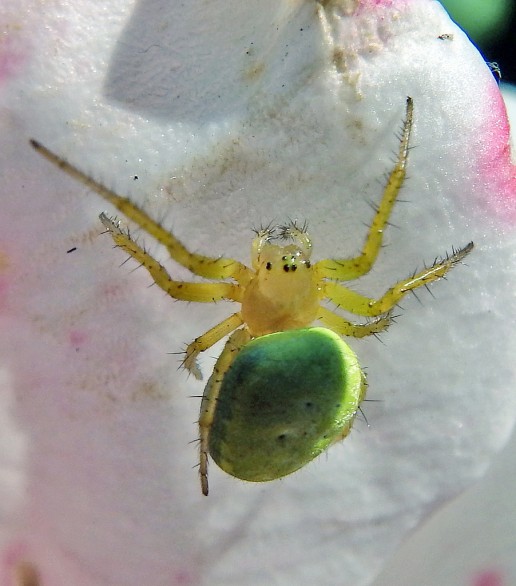
Spot Everglades Wildlife on an Airboat Ride
Spiders in the Everglades serve their role in this ecosystem, no matter how frightening of beautiful you might find them. On a private airboat tour at Mack’s Fish Camp, you’ll get to see them and many other Everglades wildlife species.
5 Ways Hurricanes Can Affect Everglades Wildlife
The arrival of September means the beginning of the end of summer. But for Florida, and several other southern states, it signifies the peak of Atlantic Hurricane season. Hurricane season lasts from June 1st until December 1st, with the most activity usually occurring between late August and mid-October.
Because Florida is a narrow peninsula, The Everglades can feel the effects of a direct hit by a hurricane. Unfortunately, the Everglades wildlife and ecosystem can feel the brunt of the storm as strongly as humans can.
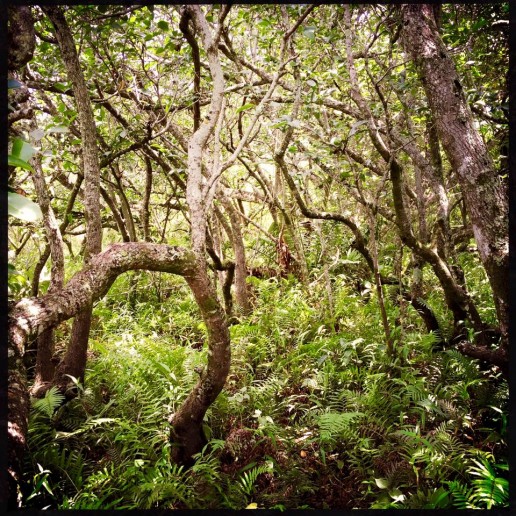
Heavy Rains Can Cause Freshwater Floods
Large amounts of rainfall from hurricanes can flood river basins near coastal areas. The excess water carried along these watersheds could surge into saltwater estuaries. This can offset the balance of saltwater and freshwater, and hurt the ecosystem of the coastal Everglades habitat.
Saltwater Intrusion Caused by Storm Surge
Hurricane winds can be so strong that they cause coastal water to surge far past the shoreline. Along with the flooding damage, the saltwater carried inland can harm freshwater wetland areas. Plants and animals aren’t as salt-tolerant in freshwater marshes and estuaries, and can suffer damage if the seawater doesn’t drain quickly.
High Windspeeds Can Destroy Tree Habitats
Everglades wildlife have specific niches in the diverse habitats here. Powerful hurricane winds can damage hammocks and forests, which not only destroys the animals’ homes, but their food as well. The potent wind gusts can strip berries and nuts from trees.
Storm Winds Can Dislocate Wildlife
The powerful wind fields contained in hurricanes can push birds hundreds of miles off course and far away from their habitats. Some birds get trapped inside the eye of these tropical cyclones, and held there by the extreme winds until it dissipates. Marine mammals like manatees can be blown onshore, too.
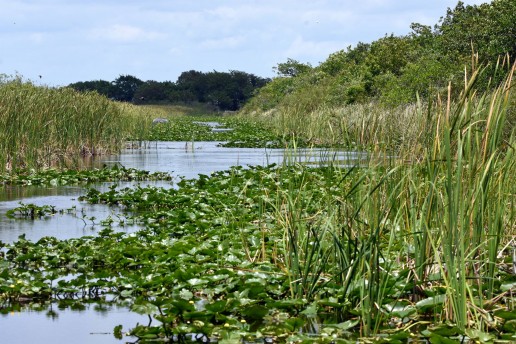
Rough Seas and Storm Winds Harm Marine Wildlife
Storm surge, combined with the rough seas caused by strong winds, are a direct threat to aquatic life. In 1992, Hurricane Andrew killed 182 million fish in the Everglades basin, and nearly 10 million more fish in the waters offshore of Louisiana.
As harsh as Mother Nature can seem to the creatures that live in the Florida Everglades. But, understand that these animals were here long before people, and have adapted to endure all kinds of peril. Taking an airboat eco tour lets you see the varieties of Everglades wildlife that thrive here, much like the tradition of Gladesmen Culture that has been here for generations.
Tips to Spot Everglades Wildlife on an Airboat Tour
The Florida Everglades is filled with an impressive variety of wildlife, including birds, reptiles, and even mammals. You may spot many animals out in the open, and some hiding in the sawgrass while taking an Everglades airboat tour in Miami. But there are a few things to do and consider before taking an airboat ride that will help your chances.
Consider the Time of Year
Everglades Birdwatching
Over 350 species of birds have been sighted in the Everglades. The largest and most diverse concentration of birds occurs here during Everglades dry season, from December through mid-May. The cooler air brings in migratory birds like bluebirds from the north, and even tropical birds like Flamingos from the Caribbean. The lower water levels of the dry season help local wading birds like the Great Blue Heron and Roseate spoonbill nest and raise their young.
But, we can’t forget the most famous species of Everglades wildlife…
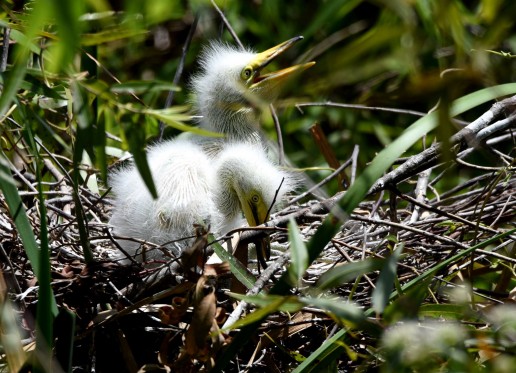
Best Time to Spot Everglades Alligators
Alligators often prefer the cooler temperatures of the dry season, but are active for much of the year. Alligator mating season in the Everglades lasts from mid-April through May, followed by nesting season from June and July. By August, you’ll see baby alligators swimming and hear their tiny roars coming from the sawgrass.
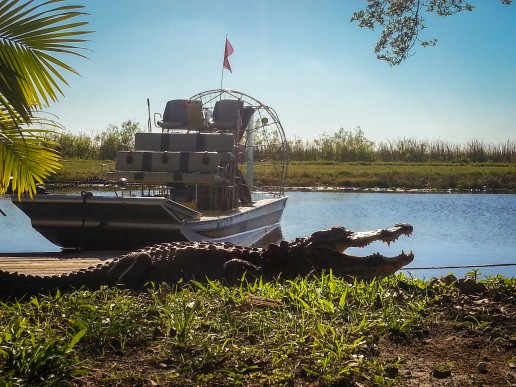
Become Familiar with Everglades Wildlife
When you take an Everglades airboat tour in Miami, you will be guided be true blue Gladesmen that are very knowledgeable of Everglades wildlife. They can help you identify animals and answer questions you might have about them. But, if you do a little studying on the animals you’d like to see beforehand, you can spot them on your airboat ride more easily.
Consider the Temperature
With average temperatures in the 80’s or higher, the summer in South Florida can get very hot, especially for the animals. Summer temperatures can also stretch into late spring and early fall, too.
Like Florida’s human residents, most animals spend much of the day trying to keep cool and avoid the sun. As a result, many birds and other Everglades wildlife are most active in the morning and early afternoon during the summertime.
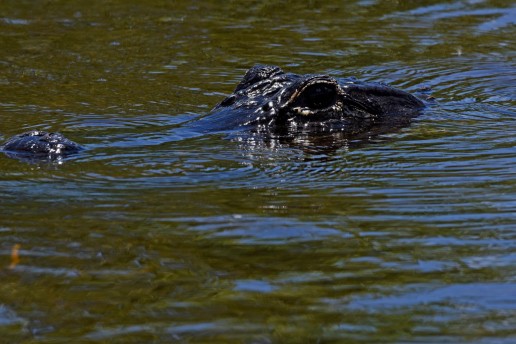
Keep a Lookout for Movement
Alligators can spend a lot of time in the water, and can be so still they’re often mistake for logs! That ripple you just saw in the water might not have been a large mouth bass. Wading birds like egrets and herons also stalk their prey so slowly that you can miss them standing by the cat tails and sawgrass.
And keep an eye out for color differences of objects you see against each other. Birds can’t be sneaky and pretty at the same time if you’re watching closely!
As incredible as the Everglades are, the biodiversity of this ecosystem makes it even more unique. It’s a sure bet that you’ll see a good number of animals while airboating in Miami. Make sure to keep an eye out for them, and remember that timing is everything!
Keep the season and time of day in mind when planning your Everglades trip. But no matter when you take your airboat ride at Mack’s Fish Camp, you’ll get to see these animals up close and in their natural habitat.

